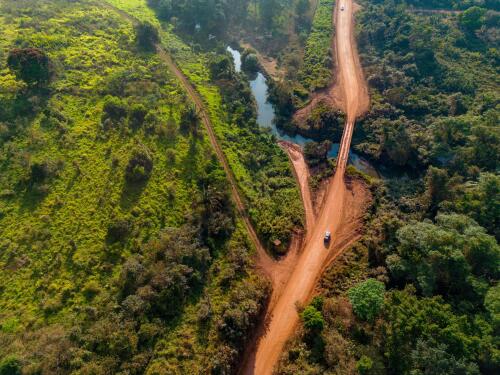comunità indigene
Chile conserves, in its subsoil, some of the largest reserves of lithium in the world, a fundamental material for the ecological transition and therefore increasingly sought after.The extraction of this material, which has undergone a surge in recent years, it is however causing the collapse of the Salar de Atacama, the large saline lake located in the Antofagasta region, in the north of the country.This was discovered by some researchers from the University of Chile, who found that the extraction of brine, rich in lithium, is drying up the aquifers and causing the lake to sink at a worrying rate of 1 or 2 centimeters per year. Chile is the second largest producer of lithium in the world and, with the advancement of the "ecological transition" and therefore with the increase in demand for lithium batteries, the extraction of this material proceeds at an ever-increasing pace.This, inevitably, has irreversible consequences on the environment.Through the use of data collected be...
In Brazil there is a mission that is the result of collaboration between researchers and indigenous populations and which aims to protect Amazonian primates: this is the Reconecta Project, which was conceived by the biologist and winner of the 2024 Whitley Prize Fernanda Ambra and involves the construction of "bridges" aimed at connecting the crowns of the trees located on both sides of the road that runs through the states of Amazonas and Roraima, thus allowing the fauna local area to cross avoiding the risk of investment, which is in fact one of the main causes of death for primates in the region.Working on the project is «a wealth of knowledge and a wonderful learning experience» according to the biologist, who underlined the importance of involving traditional communities as «they know exactly what is needed to protect the forests». Brazil is facing an environmental dilemma that is anything but indifferent in that it has one of the largest road net...
A small town in southern Ecuador has solved the drought problem by using an ancient rainwater collection system used in the past by the indigenous people of the pre-Inca era, the Paltas.We are talking about Catacocha, a town located in a province known for its extremely dry conditions.The rains only appear two months a year, between January and February, and climate change is only exacerbating this.The unexpected solution therefore arrived by looking at the past, a an ancient system of artificial lagoons which the native peoples used to cope with the already intense aridity.The local historian who discovered it, Galo Ramón, convinced the inhabitants of Catacocha to apply it and the results were surprising.Nine years later, the change that has taken place is visible. In 2005, the community recreated, on one of the highest points of Catacocha, Cerro Pisaca, this water collection and supply system created by the Palta, an indigenous community that lived in the area more than a thou...


